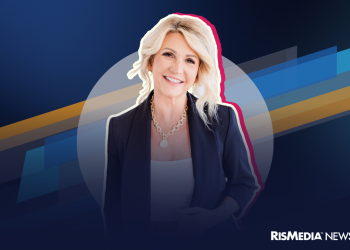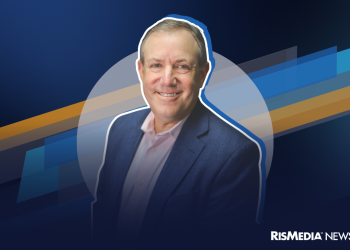(TNS)—Mentorship is getting turned on its head in today’s multigenerational workplace. Technology has flipped traditional roles, and the younger workers now have a thing or two to teach the veterans.
In boardrooms across the nation, “reverse mentoring” is taking root as baby boomer leaders seek out millennials to help them understand the latest in technology, social media and the fast-changing marketplace.
“It’s not that older generations aren’t using technology—of course they’re texting and on Facebook,” says Debra Arbit, CEO of workplace consultant BridgeWorks. “But the fact that I got my first iPhone when I was a teenager is a very different thing than my mom, who learned how to text when she was 54.”
Boomer bosses also want to hang on to these younger workers, whose sense of work-life balance and loyalty don’t match up with their own.
Health care giant UnitedHealth Group sees value in turning the tables. The company, headquartered in suburban Minneapolis, rolled out a reverse mentoring program this summer that paired eight senior executives in its insurance division with eight millennials seen as “emerging leaders.” The average age gap is 25 years.
“For many of our leaders—outstanding thought leaders in their own right—their connection to the millennial generation is largely through their parenting skills,” says Pete Church, vice president of human capital at UnitedHealthcare. “This becomes a fundamentally different kind of experience.”
UnitedHealth’s insurance business is perceived as less innovative than its fast-growing health IT division, Optum. A reverse mentoring program could help executives see the business with fresh eyes but also shape a workplace that reflects the contrasting needs of the next generation.
“We’re switching roles because we have this business problem we’re trying to solve,” Church says.
The concept of reverse mentoring has been kicking around a handful of Fortune 500 circles for some time, but it has been slow to gain momentum. Credit for bringing the practice to the United States often goes to retired General Electric CEO Jack Welch, who returned from an overseas trip in 1999 and ordered his top leaders to find a junior-level mentor to teach them computer skills.
Now there’s power in numbers. Millennials recently overtook baby boomers as the largest generation at work, and by 2020 they’ll be more than half of the nation’s workforce. Companies are taking a renewed interest in reverse mentorship as a business strategy.
The Hartford, PwC, Cisco and Procter & Gamble are among the believers. Facebook, along with several nonprofits such as the National 4-H Council, have joined AARP’s “Mentor Up” program.
At Deloitte—where a reverse mentoring initiative began with young workers teaching older employees how to use email—the benefits flow both ways. “Junior professionals” gain more exposure to top leaders and build confidence, says Minneapolis managing partner Jeff Cotton.
Baby boomers rose in the ranks of a hierarchical workplace, where they were told what to do. Millennials have been shaped by social networks, where everyone is on equal footing—they’ve been able to tweet the president since they were 12.
They’re comfortable giving advice, having been raised by boomer parents who consulted them on everything from how to set up the Wii console to what to eat for dinner and where to go on vacation, says BridgeWorks’ Arbit, whose company helps businesses manage the generational divide.
“Millennials have always been counselors at home,” Arbit says. “And then they get to the workplace and they’re never asked their opinion? It’s such an immediate way to disengage this generation.”
It seemed to make a difference for Amanda Daeges, an attorney at U.S. Bank in Minneapolis. A few years ago, Daeges was tapped to join a group of millennials inside the bank known as the “Dynamic Dozen.” Launched in 2009, the initiative draws workers in their 20s and 30s from across the company to tackle a yearlong project of their choosing aimed at serving millennial customers and younger employees.
The project culminates with a formal presentation in the executive boardroom and a private lunch with U.S. Bank CEO Richard Davis.
Was it stressful? “Of course!” says Daeges, now 37 and a vice president in the Minneapolis-based bank’s legal department. “But they were very interested, and I felt like our opinion was valued and considered by them. When we finished our presentation, one senior leader said, ‘That’s so simple. Why aren’t we doing this?’ And we were just trying to contain the grins on our faces.”
©2016 Star Tribune (Minneapolis)
Distributed by Tribune Content Agency, LLC.











